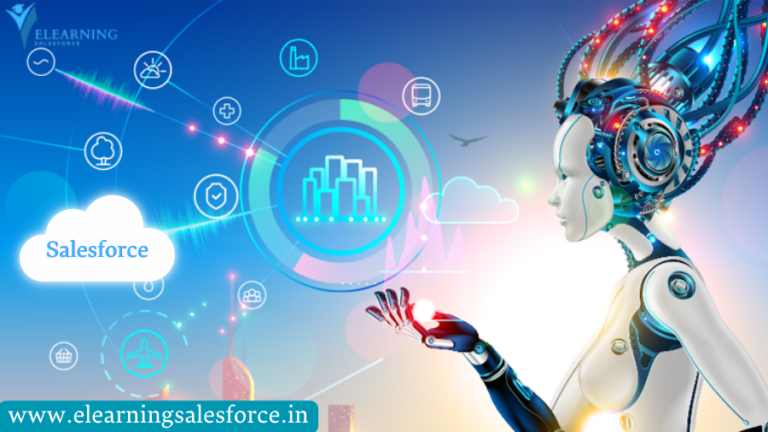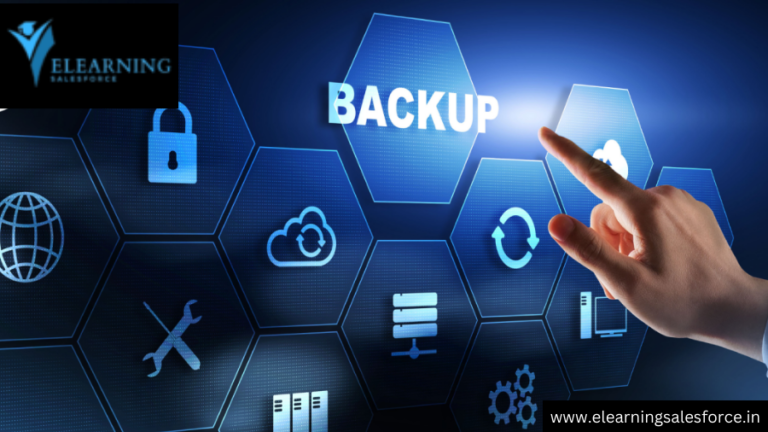Introduction: DevSecOps and Data Trends of 2024
DevSecOps and Data Trends of 2024: As technology continues to evolve at an unprecedented pace, the realms of development, security, and data management are no exception. In the year 2024, the landscape of DevSecOps and data trends is poised for groundbreaking shifts. In this blog post, we’ll explore the anticipated trends that will shape the future of software development, security practices, and data management strategies.
1. Integration of DevSecOps as Standard Practice:
In 2024, DevSecOps is no longer a buzzword; it’s a standard practice embedded in the DNA of software development. The integration of security into the DevOps pipeline is not only expected but imperative. Organizations are embracing a culture of collaboration among development, security, and operations teams right from the inception of a project.
2. Automated Security Testing:
Automation continues to be a driving force, especially in the realm of security testing. DevSecOps teams are leveraging automated tools for continuous security testing throughout the development lifecycle. This proactive approach not only identifies vulnerabilities early but also ensures that security remains an integral part of the development process.
3. DataOps: Streamlining Data Management:
DataOps, a methodology that emphasizes collaboration and communication between data engineers, data scientists, and other data professionals, is gaining prominence. In 2024, organizations are adopting DataOps practices to streamline and automate the entire data lifecycle, from ingestion to analytics. This results in improved data quality, faster insights, and more efficient data-driven decision-making.
4. Privacy by Design:
As data privacy regulations become more stringent, the concept of “Privacy by Design” is gaining traction. Organizations are proactively embedding privacy considerations into their development processes. This involves implementing privacy controls, conducting privacy impact assessments, and ensuring that user data is handled with the utmost care and compliance.
5. Increased Emphasis on Container Security:
With the widespread adoption of containerization and orchestration tools like Kubernetes, the focus on container security is heightened. In 2024, DevSecOps teams are placing a premium on securing containerized applications throughout their lifecycle. This includes securing container registries, scanning container images for vulnerabilities, and implementing runtime protection measures.
6. Shift-Left Approach to Security:
The shift-left approach, where security is integrated into the early stages of development, is becoming more prevalent. Security considerations are no longer an afterthought but an integral part of the coding and design phases. This approach reduces the likelihood of security issues making it to production, saving time and resources in the long run.
7. AI-Driven Security Solutions:
Artificial Intelligence (AI) is playing a pivotal role in enhancing security measures. AI-driven security solutions are becoming more sophisticated in identifying and responding to security threats. Machine learning algorithms are continuously learning and adapting to new attack vectors, providing a proactive defense against evolving cybersecurity threats.
8. Multi-Cloud Security Management:
As organizations leverage multiple cloud providers for their infrastructure needs, managing security across different cloud environments becomes paramount. In 2024, DevSecOps teams are implementing robust strategies for multi-cloud security management, ensuring consistency and compliance across diverse cloud platforms.
Conclusion:
The year 2024 heralds a new era in DevSecOps and data trends, where integration, automation, and a proactive approach to security take center stage. As organizations navigate this evolving landscape, embracing these trends will not only fortify their development and security practices but also pave the way for more efficient, secure, and data-driven digital transformations. The future is here, and it’s characterized by a harmonious blend of innovation, collaboration, and a relentless commitment to enhancing the integrity and security of digital ecosystems.




